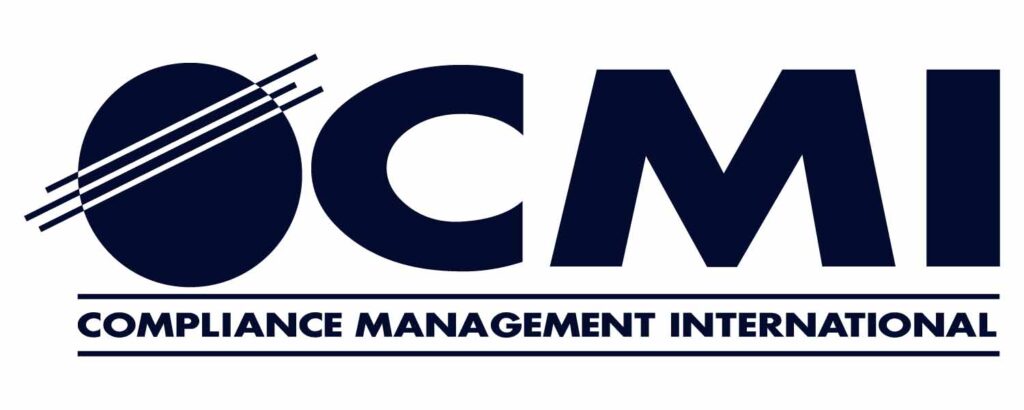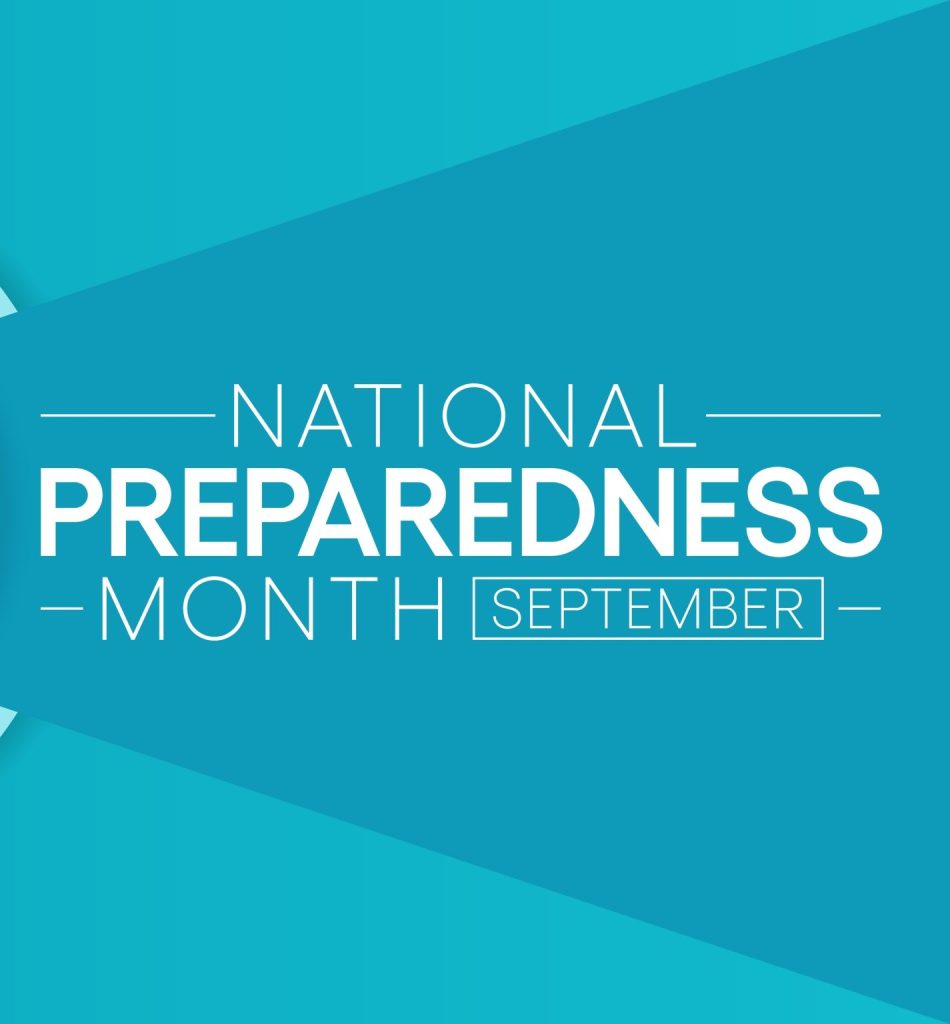Introduction
As we pass the halfway mark of 2025, the Occupational Safety and Health Administration (OSHA) has released preliminary data highlighting its most frequently cited safety violations. These findings reflect persistent challenges across a range of industries and serve as a valuable benchmark for environmental, health, and safety (EHS) professionals aiming to strengthen their workplace compliance strategies. Here’s a breakdown of the top 5 OSHA violations in 2025 so far, and practical steps your organization can take to avoid becoming a statistic.
- Fall Protection – General Requirements (29 CFR 1926.501)
Falls continue to be the leading cause of fatalities in the construction industry, and OSHA’s data for 2025 shows no slowdown in related citations. The most common issues include missing guardrail systems, unprotected leading edges, and failure to provide adequate fall prevention training.
How to stay compliant:
- Conduct regular, documented site inspections.
- Install and maintain guardrails, personal fall arrest systems, and covers over holes or skylights.
- Deliver hands-on training and periodic refreshers to all employees working at height.
- Hazard Communication (29 CFR 1910.1200)
Chemical safety remains a critical area, especially in manufacturing and laboratory environments. OSHA continues to cite employers for failing to properly label hazardous substances, maintain up-to-date Safety Data Sheets (SDS), and train employees on chemical hazards.
How to stay compliant:
- Maintain a current chemical inventory and ensure labels follow the Globally Harmonized System (GHS).
- Keep SDSs readily accessible to all workers.
- Provide hazard communication training at the time of initial assignment and whenever new hazards are introduced.
- Respiratory Protection (29 CFR 1910.134)
With increasing attention on airborne hazards, especially in industrial and healthcare settings, respiratory protection continues to be a top violation. Citations typically stem from the use of incorrect respirators, lack of fit testing, or failure to conduct required medical evaluations.
How to stay compliant:
- Establish and enforce a written respiratory protection program.
- Ensure employees are medically evaluated and fit-tested before use.
- Provide ongoing training and monitor usage for compliance.
- Scaffolding (29 CFR 1926.451)
Scaffolding-related violations remain a significant issue, often due to improper assembly, inadequate fall protection, or lack of competent person oversight. These failures can lead to serious injuries or fatalities, particularly in construction environments.
How to stay compliant:
- Train workers on scaffold safety and proper use.
- Ensure a competent person inspects scaffolds daily before use.
- Follow manufacturer guidelines and OSHA standards for design and installation.
- Lockout/Tagout (29 CFR 1910.147)
Control of hazardous energy continues to be a focus area for OSHA, with increased inspections across manufacturing, maintenance, and utility sectors. Violations often relate to missing written procedures, insufficient training, or failure to perform periodic inspections.
How to stay compliant:
- Develop equipment-specific lockout/tagout procedures and keep them readily accessible.
- Conduct annual audits to verify effectiveness and compliance.
- Train and retrain authorized employees on the proper application and removal of lockout/tagout devices.
Conclusion
OSHA’s top violations reveal patterns that safety professionals can’t afford to ignore. Addressing these common pitfalls head-on not only helps your organization avoid costly citations but also demonstrates a genuine commitment to employee well-being. By routinely auditing your programs, training your workforce, and fostering a culture of safety, you can stay ahead of enforcement and make your workplace safer for everyone.



